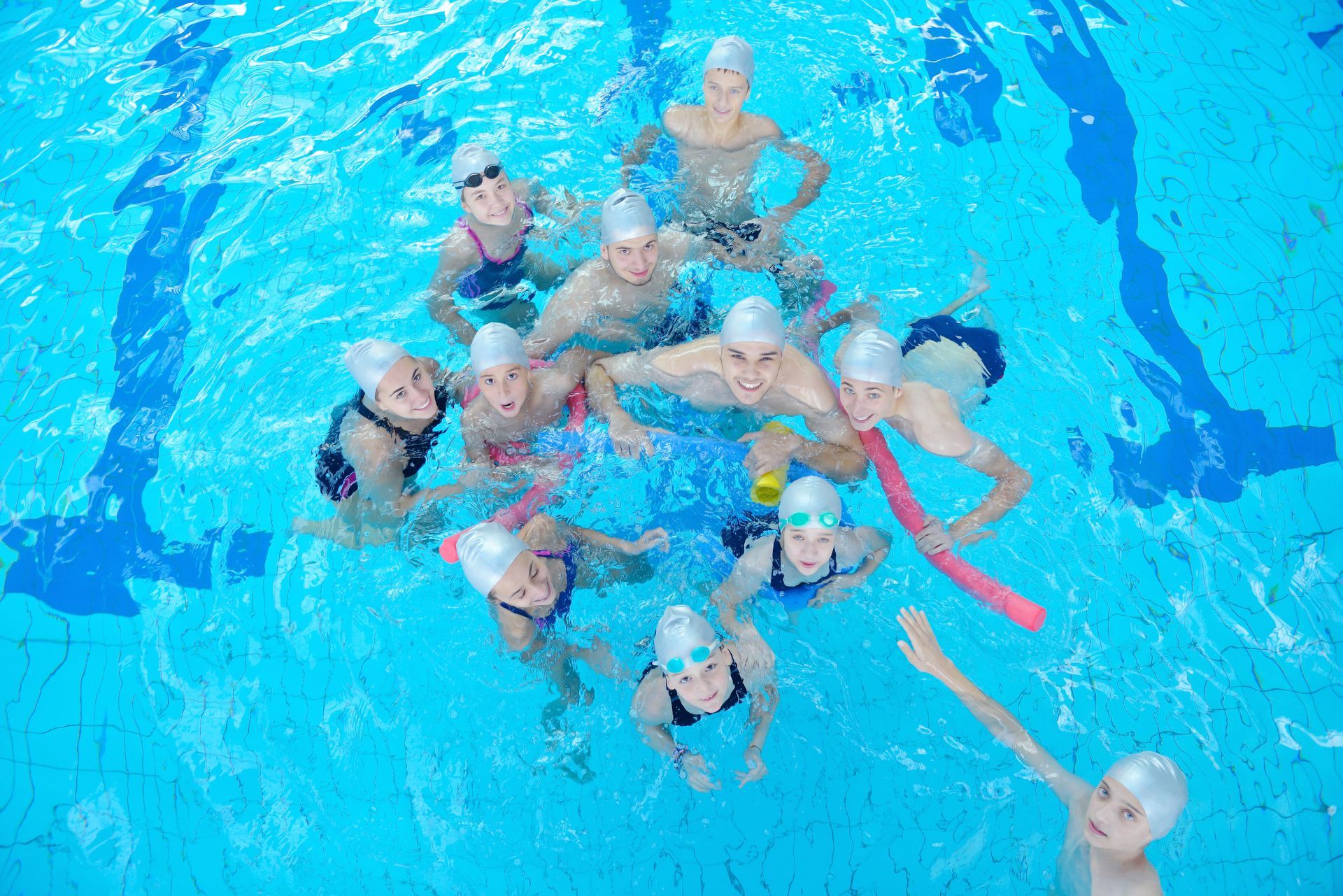Why a Swimmer’s Workout Plan Should Include Yoga

Swimming is one of the best workouts you can incorporate into your exercise routine. Everyone says it, and it’s true: swimming is easy on your joints and works multiple muscle groups while simultaneously doubling as excellent aerobic exercise.
However, like all sports or types of physical exercise, it’s important to find balance. If you play one sport or do one exercise over and over again, your body will plateau and you won’t see the incredible results of personal records or trimming and slimming that you saw initially.
So let’s say you’re serious about your swimmer’s workout plan. What other sports or activities are going to help you see the best results from your swimming workouts? Well, we’re here to tell you that there isn’t necessarily one right answer to that question. But we’re also here to tell you that we’ve come pretty close to being right with our answer: Yoga.
Dryland training—a term swimmers use to refer to exercising out of water—is a great way to work on balance, awareness, alignment, and strength. We’ll give some brief overviews of yoga for swimming as well as answer some common questions below.
Yoga vs Swimming
Which is better, yoga or swimming? Maybe you’ve heard the saying, “Too much of a good thing is a bad thing.” It’s true of almost every aspect in life, including swimming. Now, we’re not trying to communicate that yoga is better than swimming. We’re just saying that, in reality, if you swim too much, you can actually lose bone strength and cause misalignment throughout your body.
A lot of people swim to avoid putting pressure on their joints. Swimming is great for that, and yoga is a great option that can solve the negative side effects of too much swimming.
Body alignment, for example, has to do with how the head, shoulders, spine, hips, knees, and ankles align. Swimmers have a tendency to be off in this alignment because most swimming strokes lead to prolonged contraction of certain muscles , resulting in the weakening of others.
Yoga can help counteract that. Bodies get stronger with the aid of gravity, which swimming doesn’t allow for. Without gravity, bone density cannot be strengthened. Yoga is up there on the list of sports you can do to strengthen that bone density without harming your joints.
Is It OK to Swim After Yoga?
Yoga is a restorative exercise, meaning it’s great to do after your primary workout. If you’re thinking about swimming after you practice yoga, take into consideration the fact that you’ll have just stretched out your muscles and used up some of your power and endurance.
If you incorporate a yoga practice after completing your swimming routine, you’ll increase your range of motion, provide needed stretches to your back, shoulders, and neck, and build strength and flexibility.
So is it OK to swim after yoga? It’s not going to permanently damage you. But if you’re looking to get the most out of your swim practice, yoga can help you practice it afterward.
Does Yoga Help Swimming?
Yoga helps swimming in several key ways:
- Strength Building and Flexibility: Yoga is known to increase both strength and flexibility, two things all swimmers can benefit from. Yoga automatically provides gravity resistance, which improves muscle strength, while working on its various poses keeps muscles flexible and less likely to become strained or pulled.
- Extended Muscles: If you practice yoga consistently, you’ll spend a lot of time extending muscles as you move through the various poses. This is great for swimmers because every stroke they take requires them to extend and contract every muscle in their body.
- Breath Improvement: One of the major tenants of yoga is the breath. Practicing yoga will help swimmers improve control and awareness of their breathing, which is also crucial to a successful swim.
Water Yoga and the Benefits
If you haven’t heard of water yoga, get excited, because you’re about to learn what it is and how it can benefit you.
Water yoga is exactly what it sounds like: yoga poses modified to be done partially submerged. It might sound opposite from everything we’ve been saying about how beneficial it is to do yoga on dry land in order to experience the benefits of gravity, but there are some distinct benefits associated with water yoga as well.
- Range of Motion and Flexibility : Swimming negates gravity, so doing yoga in the pool can allow for more flexibility and range of motion in your stretches.
- Balance: It’s actually more difficult to balance in water than on dry land, so practicing some water yoga here and there can increase whatever balance you have.
- No falling: You aren’t going to fall over in the pool. Water yoga is a great way to try and improve upon challenging poses.
Swimming with SwimJim
At SwimJim, we believe in full-body health just as much as we believe in the power of a good swim. Sign up for swimming classes today , and we’ll show you what we mean!
The post Why a Swimmer’s Workout Plan Should Include Yoga appeared first on Swim Jim.







